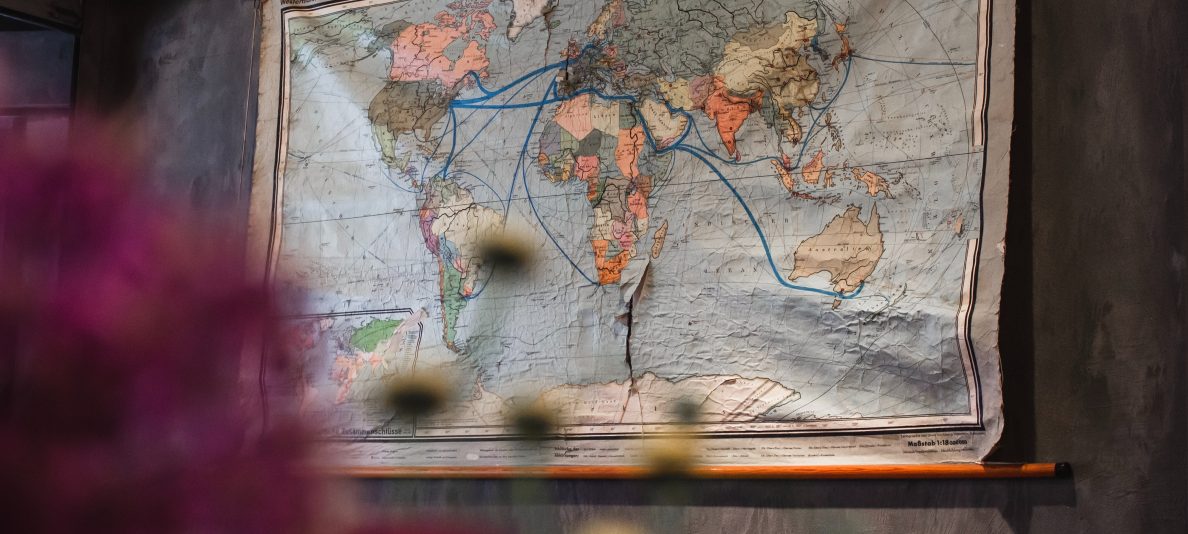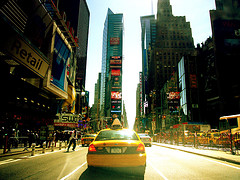When teenagers teach senior citizens about the internet, cultures are crossed.
When the two groups use the internet to communicate between countries, the culture crossing is even greater . . . and the results are very cool.
The global advertising agency FCB and the Brazilian English school CNA have teamed up for the Speaking Exchange, a campaign that matches English learners in Brazil to retirement-home residents in the US, using video chat.
The idea is based on the premise “Students want to practice English, and elderly people someone to talk to.” CNA calls it “an exchange in which everyone wins.” Using the Speaking Exchange program, students find seniors looking to talk and begin their interaction with guided topics. They progress to free chatting and their conversation is uploaded to a private YouTube channel where it is evaluated by a teacher.
Currently, the Speaking Exchange is in a trial period, but retirement communities can sign up at the program site to be notified when “official activities” begin.
Brazil’s Speaking Exchange is just one example of the creative campaigns produced by FCB, which operates in 90 counties. Here’s another.
Food Photos: Share and Share Alike
Next time you snap a pic of your Caesar salad, you photo may just get “liked” by Chamissidini from Niger. This Chamissidini isn’t a real girl, instead her profile is one of many, created by UNICEF New Zealand and FCB, to represent needy children in the developing world. When food photos are uploaded to Instagram, they’re liked by the UNICEF profiles. And when the photographers look to see who their new fans are, they’re invited to visit foodphotossavelives.org.nz. There they can purchase meals for the hungry and download Instagram-style images of emergency aid items to share . . . and continue the conversation.
And here’s one more.
The Colors of a Country
To celebrate 20 years of democracy in South Africa last month, FCB Johannesburg helped Coca-Cola create an actual rainbow in the capital’s downtown—a skyline-sized symbol of what Desmond Tutu dubbed “the Rainbow Nation.” “In South Africa I’m a person because of other people.” says one resident. “We call it ubundu.”






